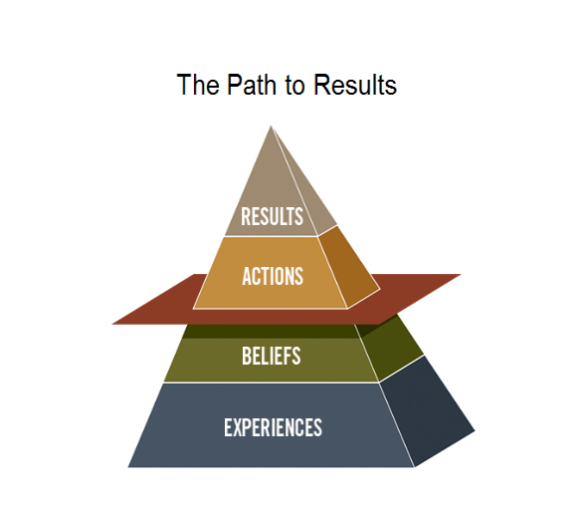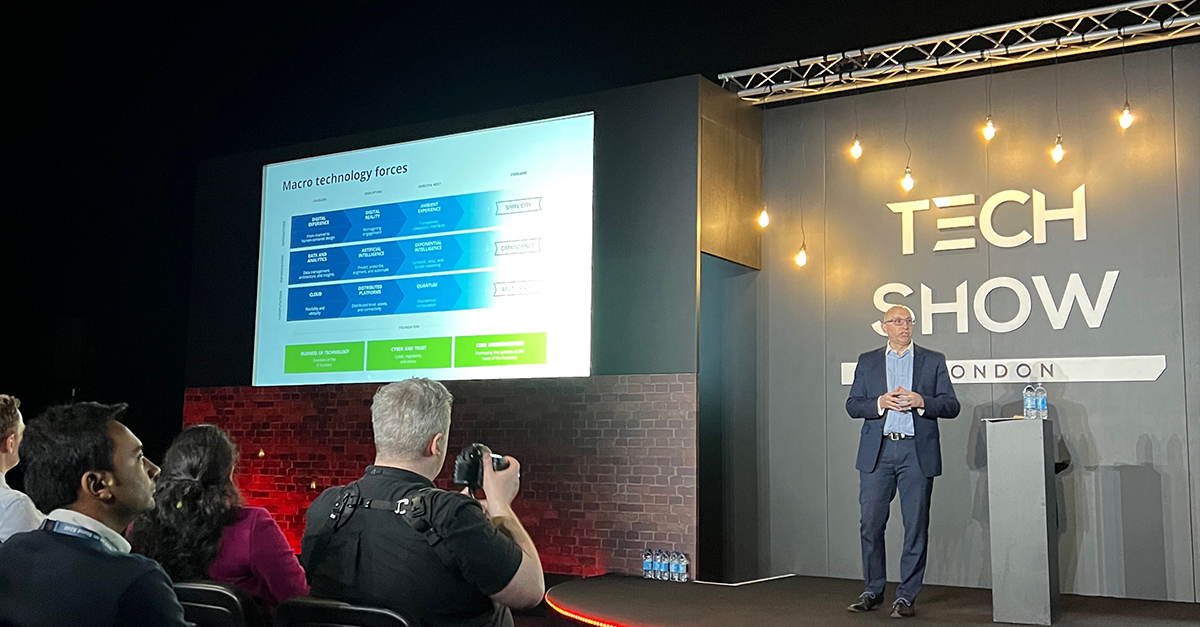The overriding principle of successfully implementing change lies around the results pyramid.
EXPERIENCES foster beliefs,
BELIEFS influence actions
ACTIONS produce results.
Experiences can be good or bad and create positive or negative results. To successfully implement better experiences in our team there are 4 levels of experiences to look at:
- Meaningful event leading to immediate insight
- Experience that needs to be interpreted in order to form the desired beliefs
- Experiences that will not affect current beliefs because they are perceived as insignificant
- Experiences that will always be misinterpreted regardless of how they are put across or demonstrated
Experiences are the foundations of good culture. It demonstrates how things are done. Every conversation and action that occurs throughout the day builds on the experiences for the team and either creates or builds upon existing beliefs.
Creating the right experiences forms the desired beliefs. This all starts from the moment interviews are carried out for new team members. Is the interview process rushed and not thought through properly, or does it really highlight what it means to be part of the team? Setting the tone from the beginning will help build the desired culture.
At any point when building the new culture, it can feel like the experiences aren’t having the right affect. There are 4 key points to consider:
- People would rather stick to what they currently think. Rather than adopting a new set of beliefs. It is easier to filter new experiences through their current thoughts.
- People often hold on to old beliefs and only reluctantly change them. This can lead to belief bias. People are generally unaware they are doing this.
- People fail to take accountability for the beliefs they form, choosing instead to see those beliefs as logical conclusions based upon experiences.
- People don’t easily change their beliefs. Look back on past behaviour, it is a good indicator of what is likely to come.
When creating experiences, it is important to fully understand how these are likely to be interpreted by your team – everything depends on it!
The 4 steps to providing better experiences
Plan it
Planning what experiences you want to deliver to your team is key. Throughout day-to-day communication there will be plenty of times when an opportunity presents itself to create an experience. However, this shouldn’t be relied on. When planning what experiences you want to deliver think about what it is you are trying to reinforce, which members of the team you are delivering it to (tailor the message to them), how strong that experience should be (level 1 or 2), what you are going to do to deliver it and also the timing.
Provide it
It’s usually worth practicing and discussing your plan with another member of the team that can assist you with your delivery. When delivering the experience make sure it is genuine. Your team will see through it otherwise. You need to believe it yourself. Get your team members involved in the process.
Ask About It
Open up conversation with your team about the experiences. Get feedback on it. Are they buying in to it, do they believe the delivery is sincere? People will interpret the experience differently to how you expect them to. Open conversation helps with this.
As with any feedback it is important to be receptive and not defensive. Listen and give them the chance to talk. The more people that you ask and have conversations with the better the quality of experiences that you’ll be able to deliver.
Interpret it
The last step is to reflect on the feedback and outcomes from the experiences that you’ve delivered. Have they been a success? What should you change and adapt for next time.
If you are struggling getting your team to be on the same page, look closely at the experiences and ensure that you’re not delivering a level 4 experience.
Changing culture takes time. As with anything you will get the early adopters who buy into your ideas and concept from the beginning, most people with join in over time, and then the more sceptical individuals will need more validation in the form of more experiences.
Start with yourself
Start with yourself to make sure that your activities are aligned with the experiences that you want to deliver to your team. This may also mean working with more senior members of the team to develop your new culture first, before working on it with the rest of your team. There may also be some culture issues that need addressing at senior level, which aren’t related to the rest of the team. An example of this could be how confrontation is or isn’t dealt with during meetings. Perhaps there are areas that need changing within the team that are constantly being ignored by senior leaders. Performance issues may need to be clearly discussed instead of skirting around them.
Building the new culture with the senior team will deliver the unified message that ‘we are all in this together’. By doing this the team will start to see senior leads acting as one team with a commonly held set of beliefs. This is powerful level 2 experiences that will help shape the team and accountability of the future.






